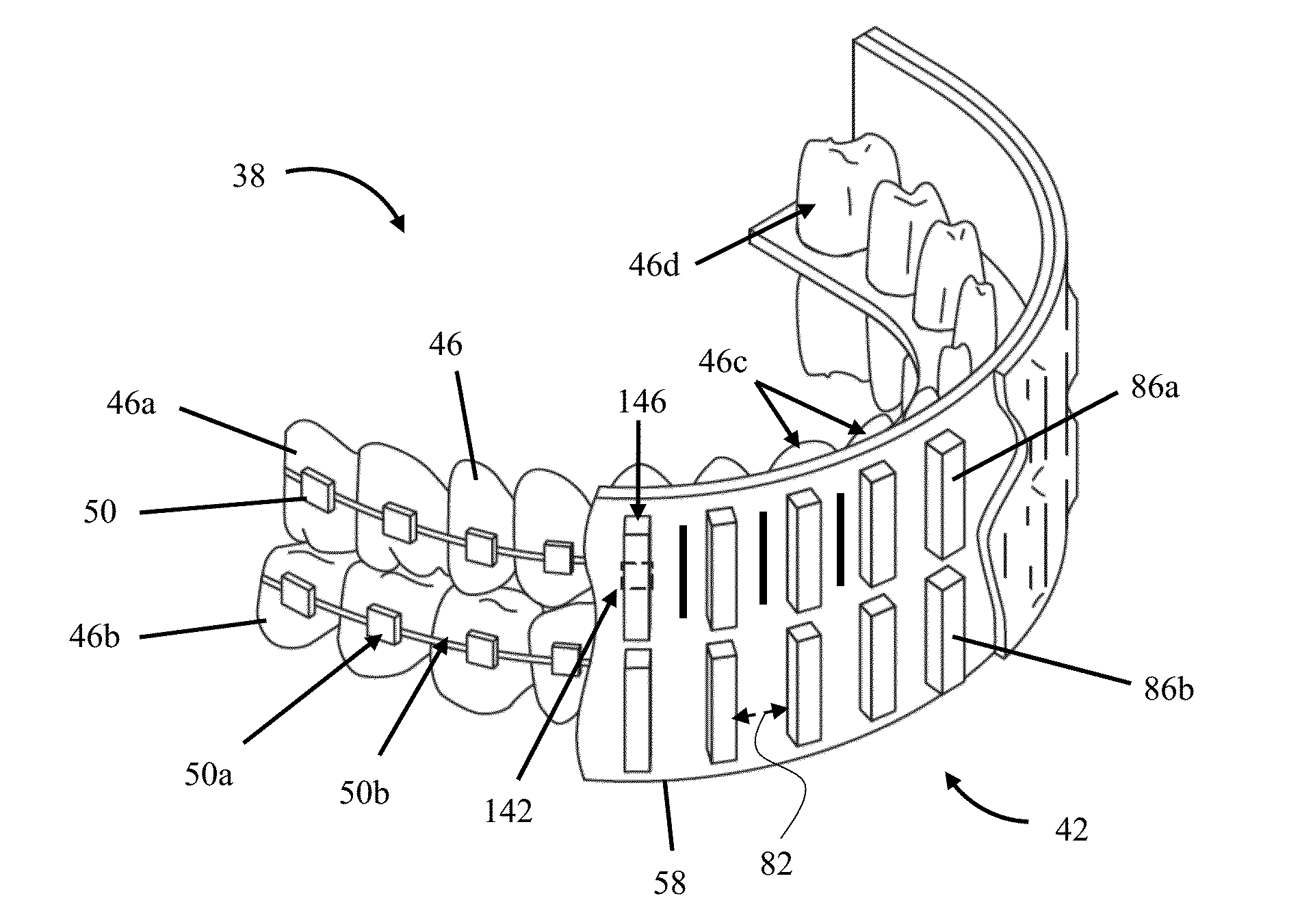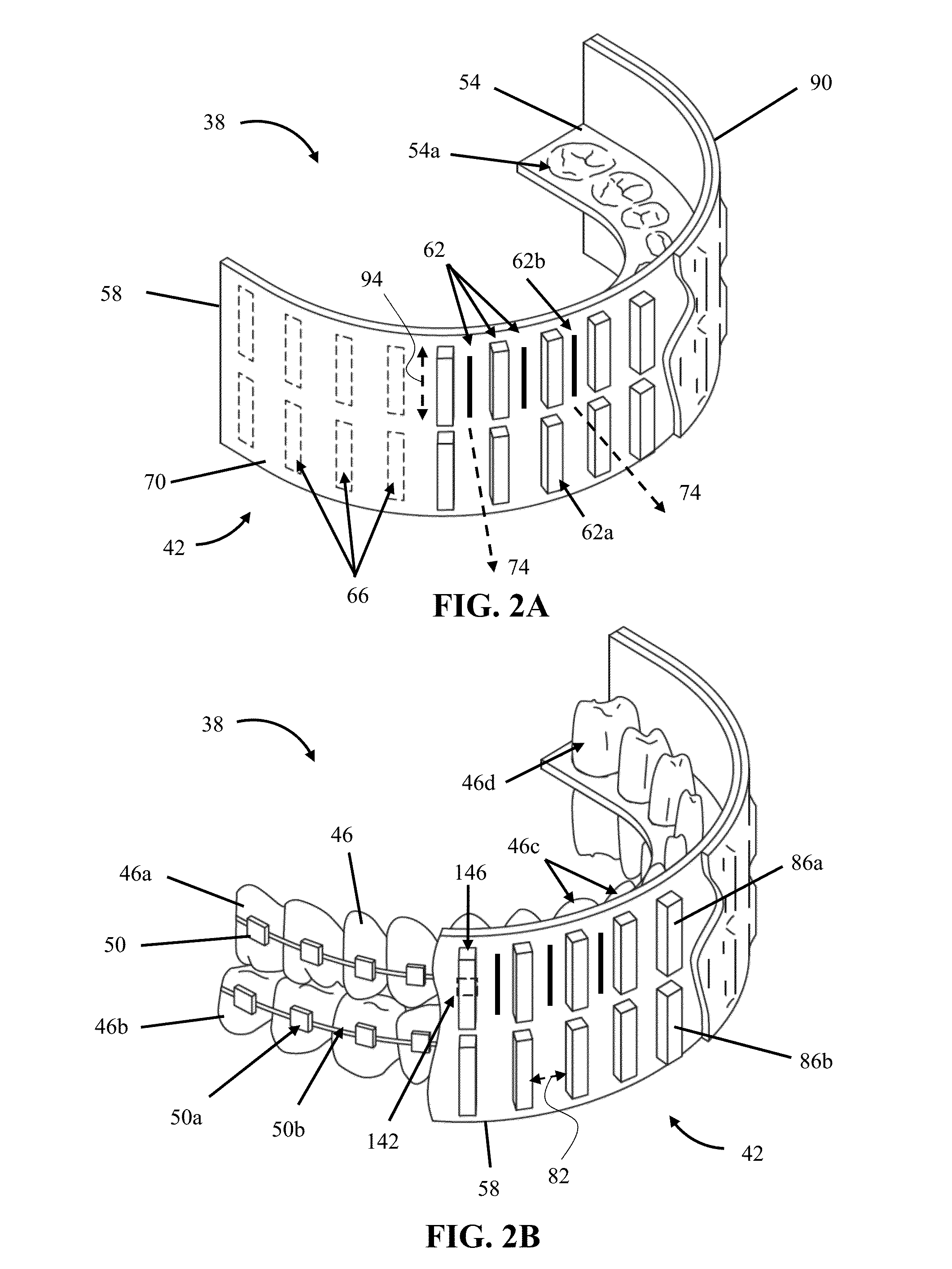Apparatuses and Methods for Cancellation of Inhomogeneous Magnetic Fields Induced by Non-Biological Materials Within a Patient's Mouth During Magnetic Resonance Imaging
a magnetic resonance imaging and non-biological material technology, applied in the field of magnetic resonance imaging, can solve the problems of image intensity loss in the oral cavity, geometric distortion over the whole brain, the most severe so as to improve mri image quality, reduce image loss and/or distortion, the effect of increasing the homogeneity of b0
- Summary
- Abstract
- Description
- Claims
- Application Information
AI Technical Summary
Benefits of technology
Problems solved by technology
Method used
Image
Examples
Embodiment Construction
[0032]Excessive B0 inhomogeneity on a macroscopic scale induced by non-biological materials within a user (a patient undergoing MRI)'s mouth, for example, ferromagnetic dental implants and dental braces, results in MRI artifacts [1-7] that can compromise the diagnostic value of MRI scans [8-9]. This is a special case of the more commonly known problem of susceptibility artifacts from surgical implants [10-18]. The magnitude of resulting loss or distortion depends on the type of MRI technique [14]. For example, because echo planar imaging (EPI) readout is sensitive to magnetic susceptibility effects, diffusion tensor imaging and diffusion-weighted images may be most affected. EPI uses low bandwidth per pixel for readout in the phase encoding direction, and even small inhomogeneities in the B0 field can cause noticeable distortions in MRI images. In gradient echo images, artifacts can be observed when T2* is decreased to near the echo time (TE), especially when using larger voxel size...
PUM
| Property | Measurement | Unit |
|---|---|---|
| thickness | aaaaa | aaaaa |
| thick | aaaaa | aaaaa |
| magnetically permeable | aaaaa | aaaaa |
Abstract
Description
Claims
Application Information
 Login to View More
Login to View More - R&D
- Intellectual Property
- Life Sciences
- Materials
- Tech Scout
- Unparalleled Data Quality
- Higher Quality Content
- 60% Fewer Hallucinations
Browse by: Latest US Patents, China's latest patents, Technical Efficacy Thesaurus, Application Domain, Technology Topic, Popular Technical Reports.
© 2025 PatSnap. All rights reserved.Legal|Privacy policy|Modern Slavery Act Transparency Statement|Sitemap|About US| Contact US: help@patsnap.com



